The Essence of Garam Masala
Garam masala, a cornerstone of Indian cuisine, originates from the Indian subcontinent and has made its way into kitchens globally. This aromatic spice blend is integral to many traditional dishes, enhancing the flavor profiles of a variety of recipes. Typically, garam masala is composed of spices such as cumin, coriander, cardamom, cloves, nutmeg, and black pepper, each contributing uniquely to the overall taste. The precise combination of these spices can vary significantly by region, creating distinct versions of garam masala that reflect local flavors and culinary traditions.
The spices that embody garam masala have a rich history, often used for their flavorful and therapeutic properties. For instance, cumin adds warmth and earthiness, while cardamom introduces a sweet, fragrant note. This balance of spices leads to a complex flavor profile that is aromatic and slightly spicy, setting it apart from other seasoning blends. Garam masala is not just a seasoning; it is a cultural symbol, representing the diversity and depth of Indian culinary heritage.
Regional variations of garam masala showcase the adaptability of this spice blend in various local cuisines. In Northern India, the blend might be heavier on spices like cardamom and mace, offering a sweeter profile, while Southern Indian variations may emphasize mustard seeds and curry leaves, highlighting a different taste altogether. Each version serves to enhance the individual characteristics of dishes, whether in curries, marinades, or even lentil preparations, proving its versatility.
In Indian cultural practices, the preparation of garam masala often becomes a familial tradition, with recipes passed down through generations. Thus, garam masala transcends mere culinary application; it embodies community and heritage. Understanding garam masala deepens the appreciation for its role in food, making it more than just a combination of spices, but a key ingredient in the culinary identity of Indian culture.
Rajwadi Masala: The Royal Blend
Rajwadi masala is an exotic spice blend that represents a luxurious taste and fragrance, setting itself apart from the more commonly recognized garam masala. Traditionally, rajwadi masala has been an integral part of royal kitchens in India, created to elevate culinary experiences for royal families. This unique blend captures the essence of grandeur and sophistication, making it a key ingredient in elaborate dishes that are typically served on special occasions.
The composition of rajwadi masala is distinctive, featuring a harmonious mixture of spices such as cardamom, cloves, cinnamon, and a variety of dried red chilies, often complemented by rare spices like nutmeg and mace. This intricate balance not only enhances the flavor profile but also adds an aromatic depth that is unparalleled. Unlike traditional garam masala, which can lean towards a more uniform flavor, rajwadi masala offers a complex tasting experience that can vary significantly depending on the region and the individual recipe, showcasing the rich culinary heritage of royalty.
Historically, the use of rajwadi masala can be traced back to the grandeur of Indian palaces, where it was meticulously crafted by skilled chefs to please kings and queens. Each royal household had its version, steeped in tradition and closely guarded secrets, adding an air of fantasy and intrigue to every meal prepared. With the changing culinary landscape, there is a renewed interest in rediscovering these opulent flavors, making rajwadi masala a fascinating topic for food enthusiasts.
Foodea recognizes the potential of rajwadi masala to appeal to diverse culinary cultures around the globe. With an aim to distribute this exquisite product internationally, Foodea is committed to preserving the authenticity of this spice blend while also adapting it for modern palates. The brand’s vision encompasses not only the dissemination of this luxurious spice but also its introduction into a variety of cuisines, ensuring that the legacy of rajwadi masala continues to thrive across borders.



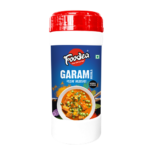
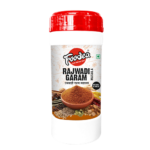
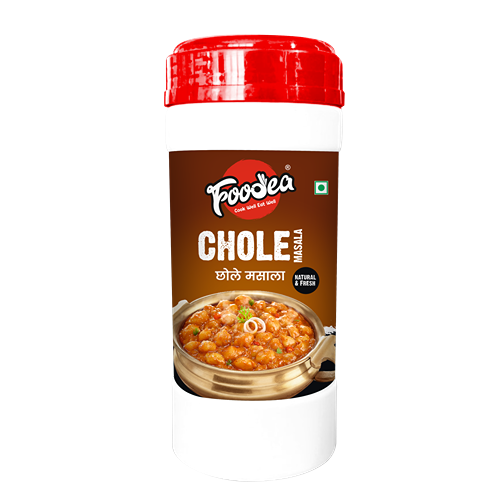



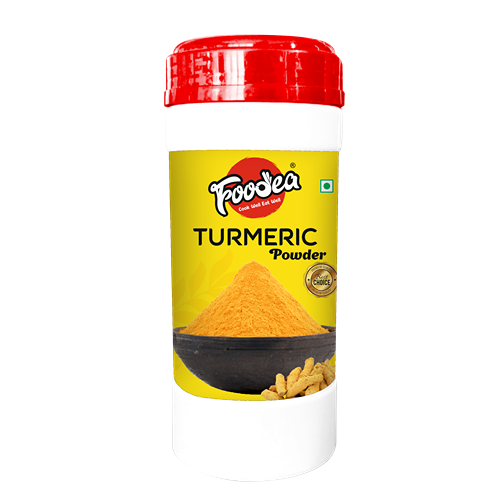
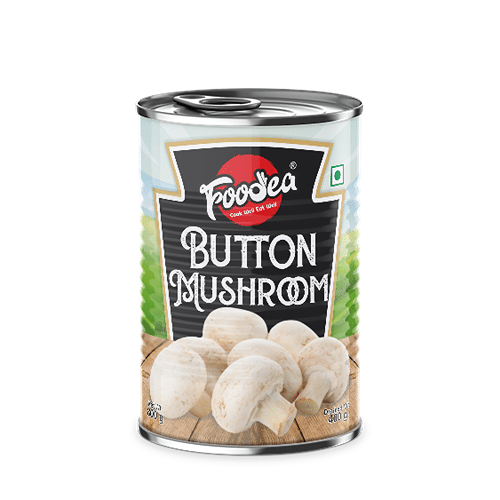



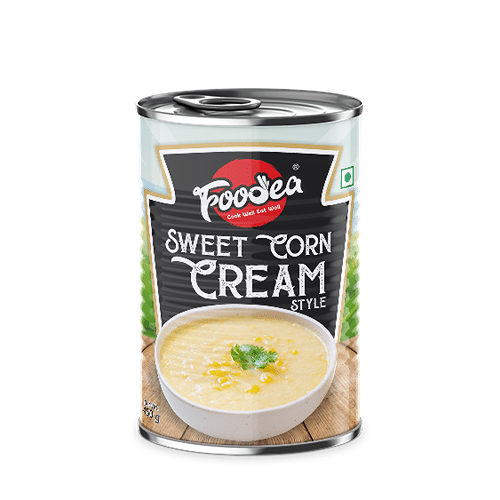
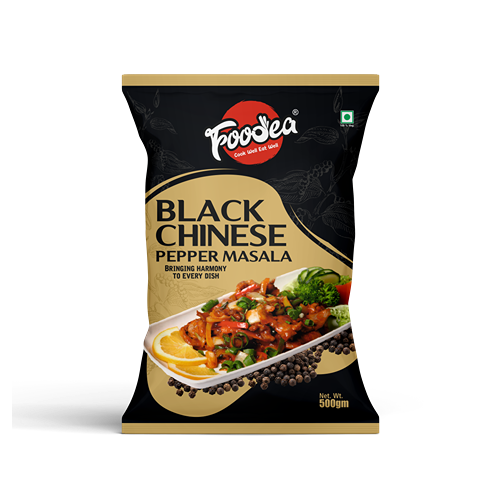
Reviews
Clear filtersThere are no reviews yet.